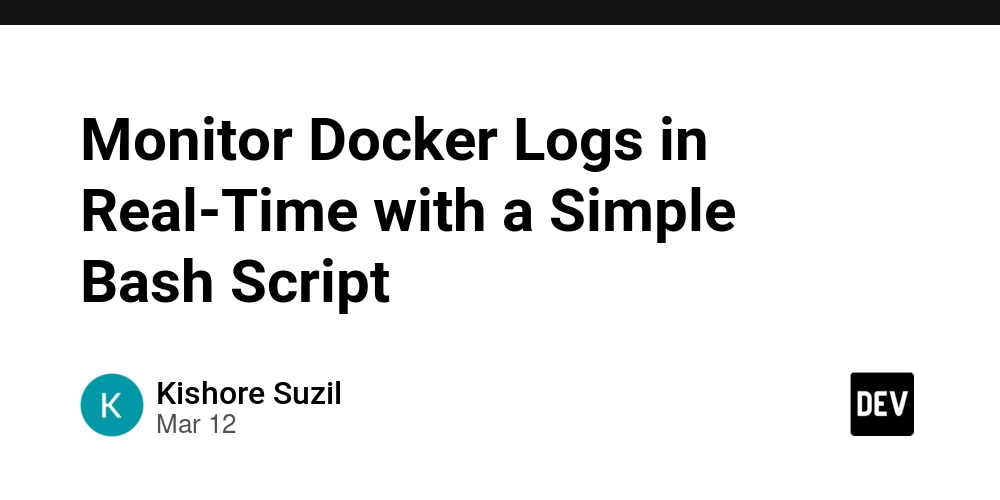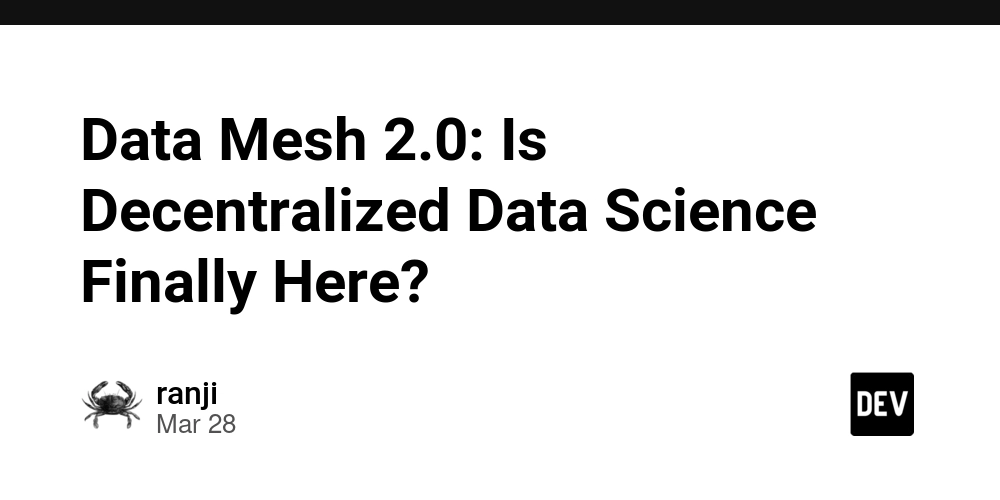How to Choose the Right Database for Your System
Choosing the right database plays a big role in how your app performs and scales. Here’s what to keep in mind when picking the right one. Know What You're Building Start by understanding what your application is supposed to do and the kind of data it will deal with. For example: A banking app needs accuracy and reliable data storage so consistency matters more than latency. A social media platform handles lots of user profiles, interactions and feeds, so availability matters more than always showing the latest data. A sensor-based system like a weather app records time-based readings non-stop so it needs to keep running smoothly even if the network goes down. Knowing the purpose helps point you in the right direction when choosing a database. Understand Your Data Different types of data work best with different databases. Here's a quick breakdown: If your data is organized in rows and columns (like spreadsheets), relational databases such as PostgreSQL or MySQL are a good fit. If you’re working with flexible data formats like JSON, a document database like MongoDB or DocumentDB makes more sense. If you need fast access using simple keys, go for a key-value store like Redis or DynamoDB. For data with complex relationships (like friends or followers), use a graph database like Amazon Neptune or Neo4j. If your data is based on time, such as logs or sensor data, consider a time-series database like Amazon Timestream or Prometheus. Choose the database that best fits your data and how you plan to use it. What Matters Most to Your System? When designing a system in a distributed environment, you need to choose between two out of three priorities at a time, according to the CAP theorem. These priorities are: Consistency – Every user gets the most accurate and up-to-date data. Availability – The system stays responsive and accessible at all times. Partition Tolerance – The system continues working even if parts of the network fail or get disconnected. In real-world distributed systems, network failures are inevitable. So, the real trade-off is usually between consistency and availability. For instance: A banking or payment system should prioritize consistency and partition tolerance, even if that means occasional delays. A social media feed or messaging app might favor availability and partition tolerance, allowing for slight delays in syncing data to keep things fast and responsive. While CAP explains what happens during network failures, it doesn’t say much about what systems should optimize when things are working normally. That’s where PACELC comes in. It builds on CAP by adding an extra layer: If there is a Partition (P), then the system must choose between Availability (A) and Consistency (C); Else (E), when the system is running normally (no partition), it must choose between Latency (L) or Consistency (C). In short: During a failure, choose: Partition Tolerance + Availability or Partition Tolerance + Consistency When the network is healthy, choose: Low Latency or Strong Consistency Think About Scaling If your app stays small, any database works. For large or growing apps, scalability matters. Types of scaling strategies: Vertical scaling: Upgrade one server (more CPU, RAM). Simple, but limited. Horizontal scaling: Add more servers. Better for high traffic. NoSQL databases like MongoDB and Firebase support horizontal scaling by design. Relational databases can scale too, using: Read replicas for more read capacity Sharding to split data across servers Partitioning for large tables Consider Cost and Setup Effort Databases vary a lot in terms of cost and how hard they are to set up. Open-source tools like MySQL and PostgreSQL are free and well-documented. Cloud platforms like Firebase and DynamoDB are easy to get started with, but costs can add up quickly. Choose based on your budget and how much time you want to spend managing the system. Quick Guide: Match Your Use Case to a Database Database Type Best For Examples Relational (SQL) Structured data with clear relationships PostgreSQL, MySQL Document Store Flexible or changing data structures MongoDB, Amazon DocumentDB Key-Value Store Fast lookups and simple storage Redis, DynamoDB Graph Database Highly connected data like social networks Neo4j, Amazon Neptune Time-Series Data organized by time Amazon Timestream, Prometheus Search Engine Full-text search or log analysis Elasticsearch Final Thoughts There’s no perfect database for every situation. The best choice depends on what you’re building, how your data looks, and how much you expect it to grow. Start with something simple, test it out, and be ready to adjust as your project evolves. Happy Coding!
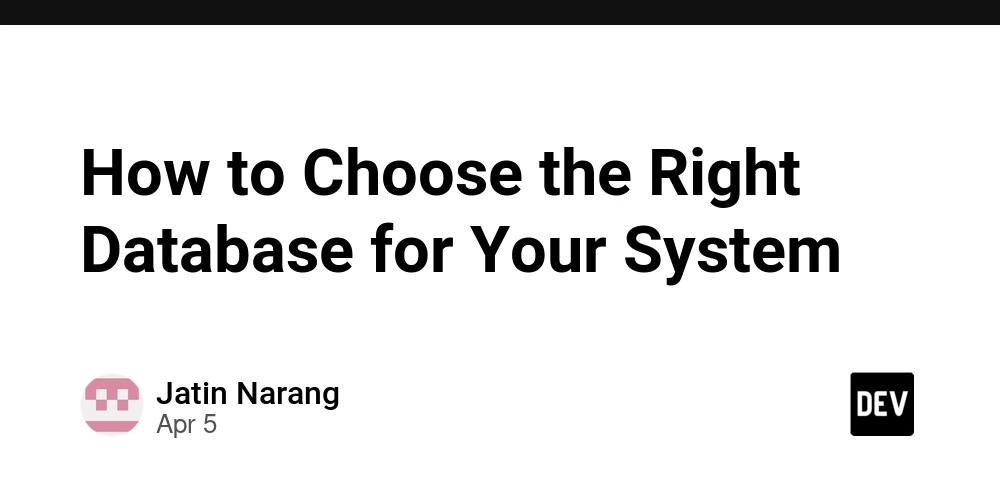
Choosing the right database plays a big role in how your app performs and scales. Here’s what to keep in mind when picking the right one.
Know What You're Building
Start by understanding what your application is supposed to do and the kind of data it will deal with.
For example:
- A banking app needs accuracy and reliable data storage so consistency matters more than latency.
- A social media platform handles lots of user profiles, interactions and feeds, so availability matters more than always showing the latest data.
- A sensor-based system like a weather app records time-based readings non-stop so it needs to keep running smoothly even if the network goes down.
Knowing the purpose helps point you in the right direction when choosing a database.
Understand Your Data
Different types of data work best with different databases. Here's a quick breakdown:
- If your data is organized in rows and columns (like spreadsheets), relational databases such as PostgreSQL or MySQL are a good fit.
- If you’re working with flexible data formats like JSON, a document database like MongoDB or DocumentDB makes more sense.
- If you need fast access using simple keys, go for a key-value store like Redis or DynamoDB.
- For data with complex relationships (like friends or followers), use a graph database like Amazon Neptune or Neo4j.
- If your data is based on time, such as logs or sensor data, consider a time-series database like Amazon Timestream or Prometheus.
Choose the database that best fits your data and how you plan to use it.
What Matters Most to Your System?
When designing a system in a distributed environment, you need to choose between two out of three priorities at a time, according to the CAP theorem. These priorities are:
- Consistency – Every user gets the most accurate and up-to-date data.
- Availability – The system stays responsive and accessible at all times.
- Partition Tolerance – The system continues working even if parts of the network fail or get disconnected.
In real-world distributed systems, network failures are inevitable. So, the real trade-off is usually between consistency and availability.
For instance:
- A banking or payment system should prioritize consistency and partition tolerance, even if that means occasional delays.
- A social media feed or messaging app might favor availability and partition tolerance, allowing for slight delays in syncing data to keep things fast and responsive.
While CAP explains what happens during network failures, it doesn’t say much about what systems should optimize when things are working normally.
That’s where PACELC comes in. It builds on CAP by adding an extra layer:
If there is a Partition (P), then the system must choose between Availability (A) and Consistency (C); Else (E), when the system is running normally (no partition), it must choose between Latency (L) or Consistency (C).
In short:
During a failure, choose: Partition Tolerance + Availability or Partition Tolerance + Consistency
When the network is healthy, choose: Low Latency or Strong Consistency
Think About Scaling
If your app stays small, any database works. For large or growing apps, scalability matters.
Types of scaling strategies:
- Vertical scaling: Upgrade one server (more CPU, RAM). Simple, but limited.
- Horizontal scaling: Add more servers. Better for high traffic.
NoSQL databases like MongoDB and Firebase support horizontal scaling by design.
Relational databases can scale too, using:
- Read replicas for more read capacity
- Sharding to split data across servers
- Partitioning for large tables
Consider Cost and Setup Effort
Databases vary a lot in terms of cost and how hard they are to set up.
- Open-source tools like MySQL and PostgreSQL are free and well-documented.
- Cloud platforms like Firebase and DynamoDB are easy to get started with, but costs can add up quickly.
Choose based on your budget and how much time you want to spend managing the system.
Quick Guide: Match Your Use Case to a Database
| Database Type | Best For | Examples |
|---|---|---|
| Relational (SQL) | Structured data with clear relationships | PostgreSQL, MySQL |
| Document Store | Flexible or changing data structures | MongoDB, Amazon DocumentDB |
| Key-Value Store | Fast lookups and simple storage | Redis, DynamoDB |
| Graph Database | Highly connected data like social networks | Neo4j, Amazon Neptune |
| Time-Series | Data organized by time | Amazon Timestream, Prometheus |
| Search Engine | Full-text search or log analysis | Elasticsearch |
Final Thoughts
There’s no perfect database for every situation. The best choice depends on what you’re building, how your data looks, and how much you expect it to grow. Start with something simple, test it out, and be ready to adjust as your project evolves.
Happy Coding!










































































































































































![[The AI Show Episode 142]: ChatGPT’s New Image Generator, Studio Ghibli Craze and Backlash, Gemini 2.5, OpenAI Academy, 4o Updates, Vibe Marketing & xAI Acquires X](https://www.marketingaiinstitute.com/hubfs/ep%20142%20cover.png)














































































































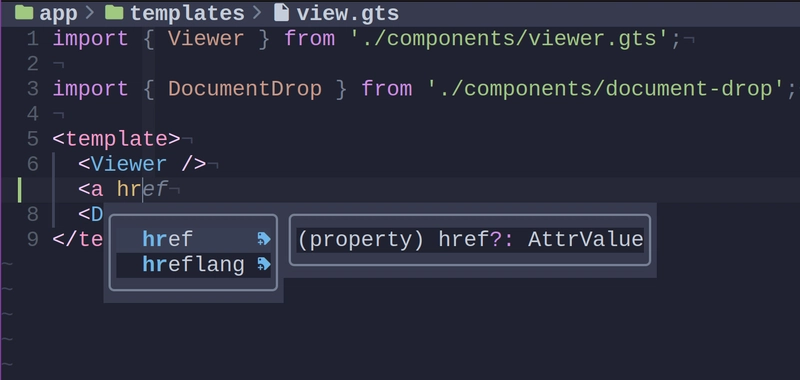
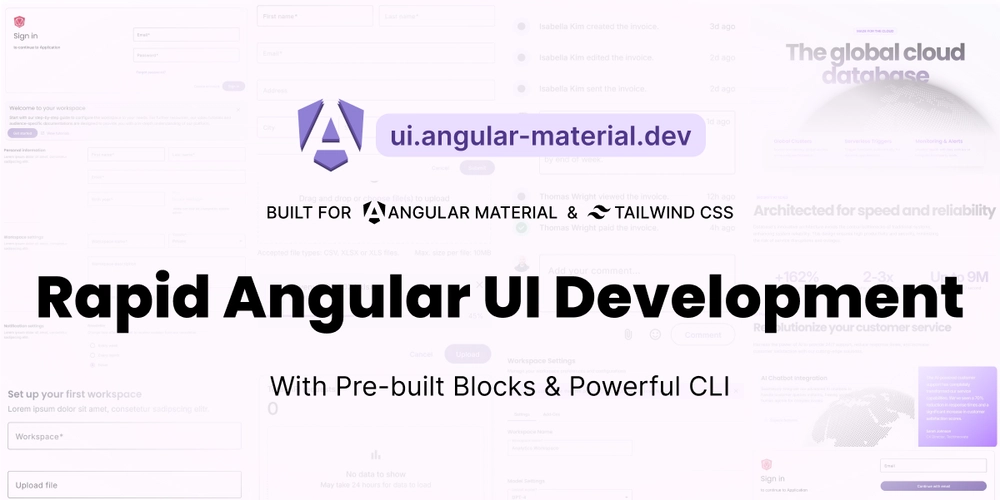
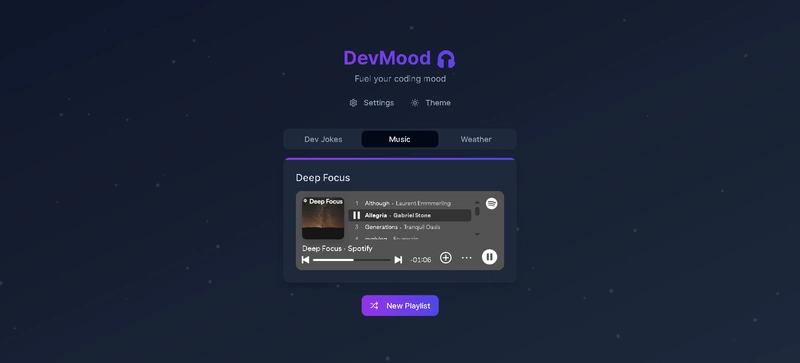
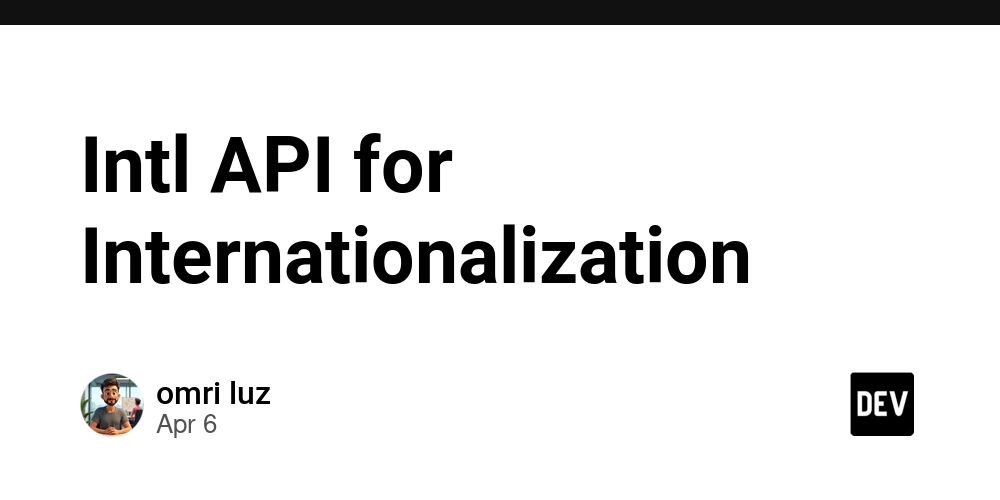









![[DEALS] The Premium Learn to Code Certification Bundle (97% off) & Other Deals Up To 98% Off – Offers End Soon!](https://www.javacodegeeks.com/wp-content/uploads/2012/12/jcg-logo.jpg)


![From drop-out to software architect with Jason Lengstorf [Podcast #167]](https://cdn.hashnode.com/res/hashnode/image/upload/v1743796461357/f3d19cd7-e6f5-4d7c-8bfc-eb974bc8da68.png?#)









































































































.png?#)

































_Christophe_Coat_Alamy.jpg?#)
 (1).webp?#)

































































































![iPhone 17 Pro Won't Feature Two-Toned Back [Gurman]](https://www.iclarified.com/images/news/96944/96944/96944-640.jpg)
![Tariffs Threaten Apple's $999 iPhone Price Point in the U.S. [Gurman]](https://www.iclarified.com/images/news/96943/96943/96943-640.jpg)





































































































































